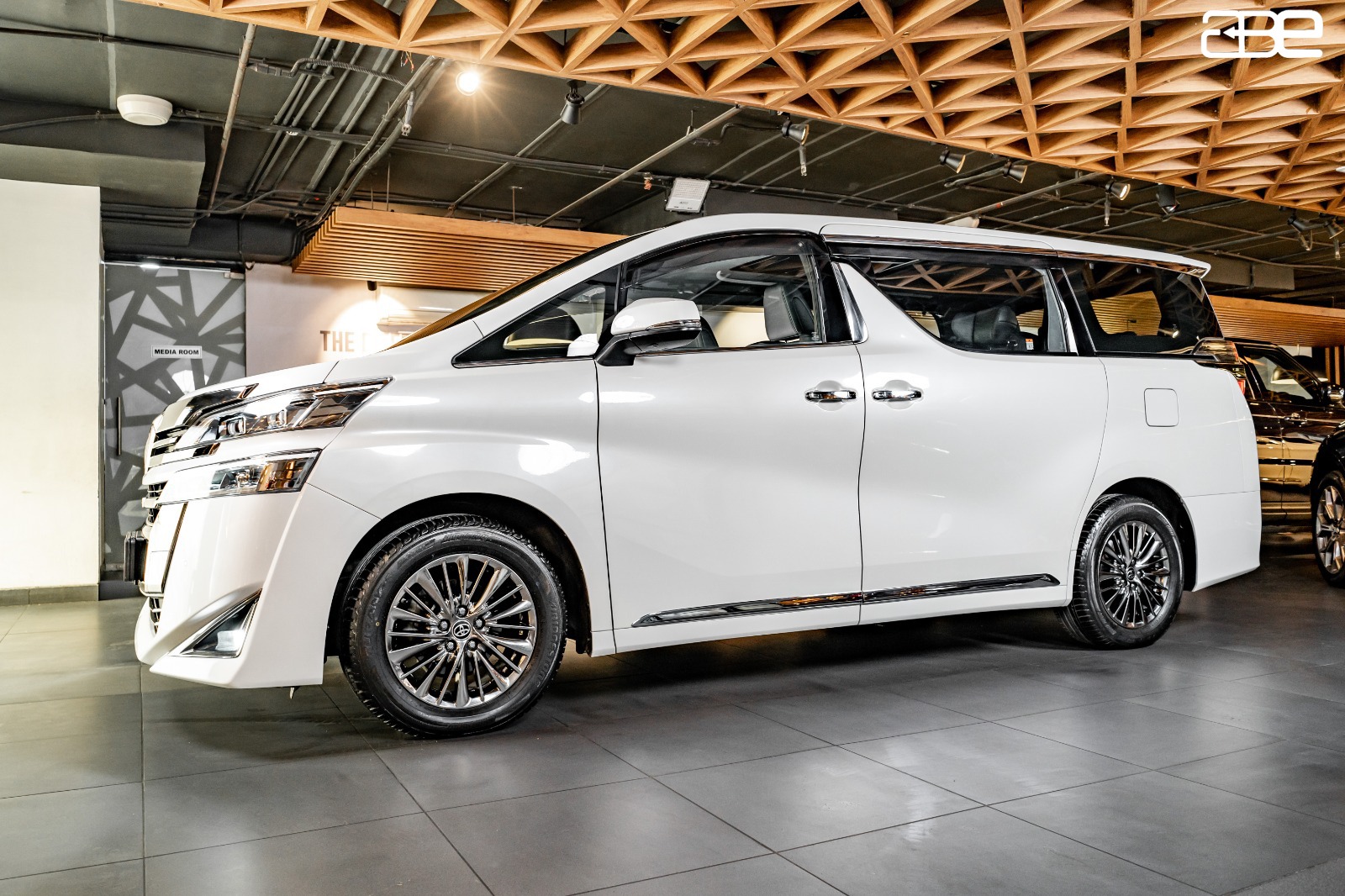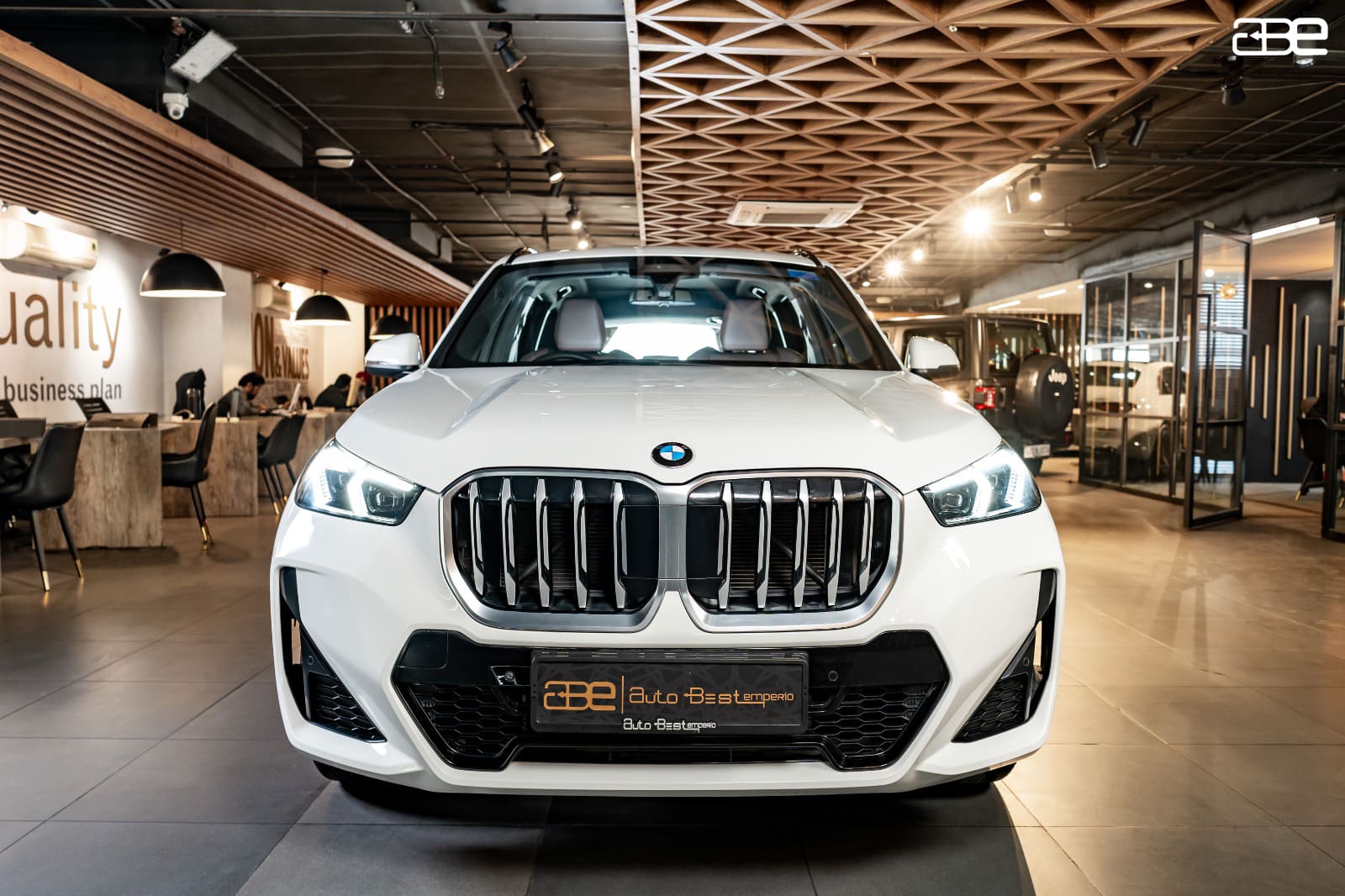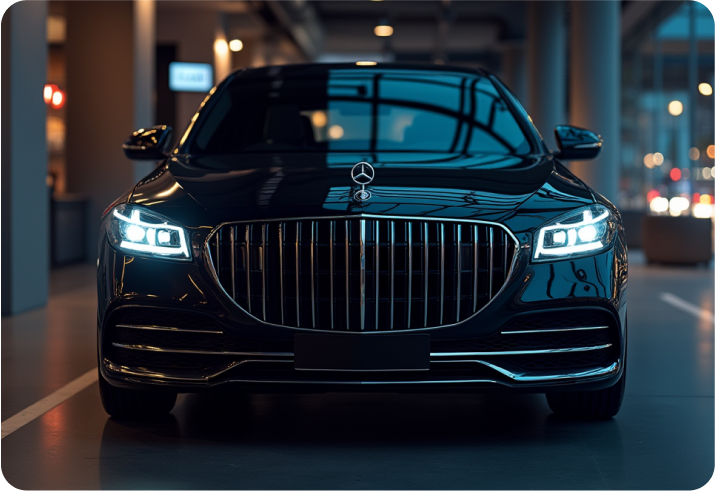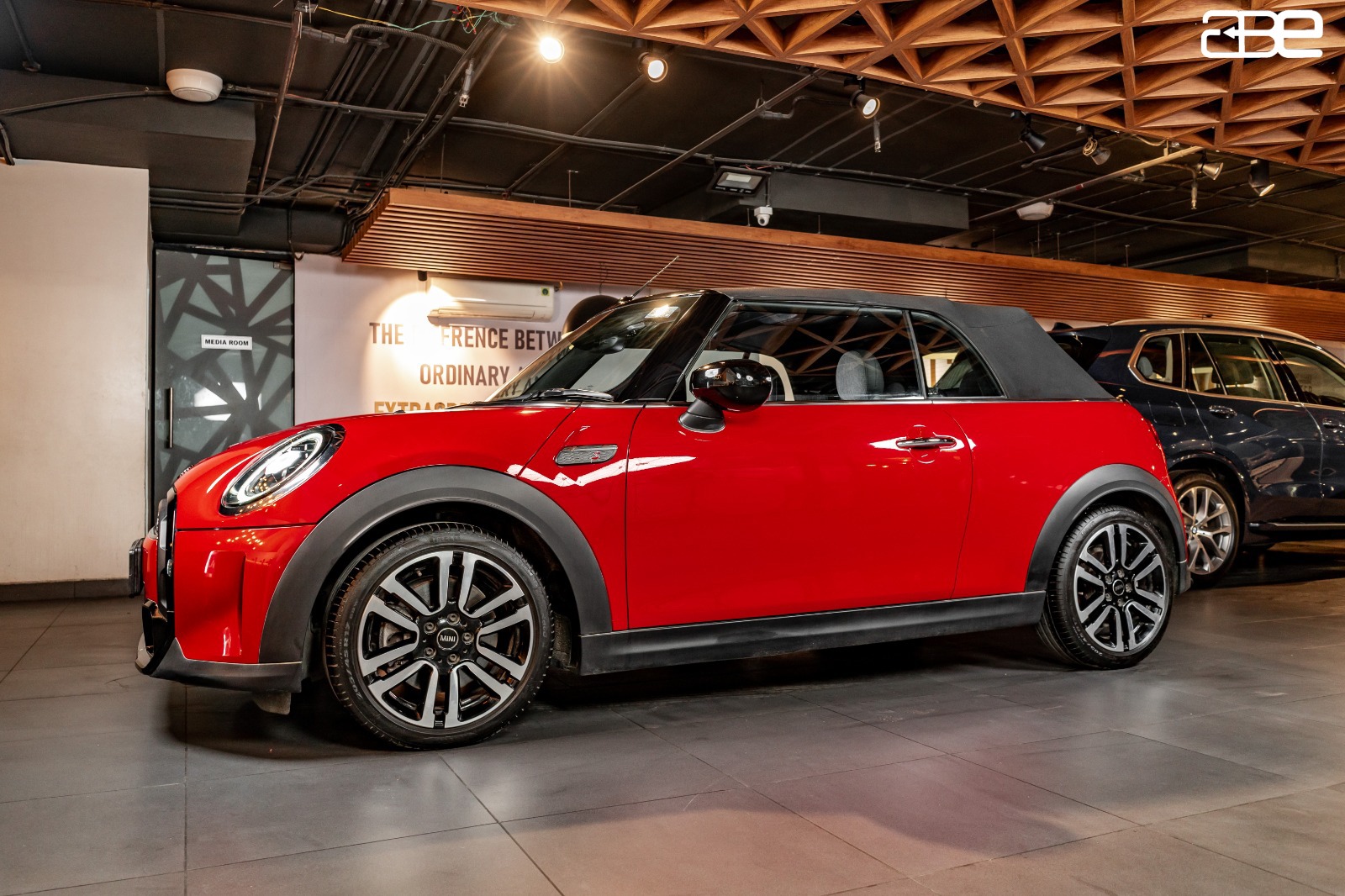Car Chassis - Types & Benefits: Everything You Need To Know

If you have recently come across the term car chassis and are wondering its definition, lucky you, the answer is here! The chassis is a car frame. In the simplest terms, it is the backbone of your car. Whether the vehicle is running on the street or just sitting idle, the chassis supports its weight. Choosing the right automobile chassis can make all the difference in your driving experience. In this guide, we'll dive deep into the world of car chassis, and explore its definition, types, advantages, and why they matter to every car owner.
What Is A Car Chassis?
Before we dig deep into the types of car frames, let's find out what a car chassis is and why it holds so much importance in the build of a four-wheeler. Think of the chassis as the car's skeleton, it supports its structure and dictates the vehicle's performance, safety, and stability. A robust chassis lets your car handle on-road jerking, and stresses of bad road conditions.
Why Is It Important To Have Chassis In A Car?
No car can perform without a car chassis. It is a rigid and sturdy framework to distribute the force vehicles handle during driving. It makes the vehicle stable, and safe during the rides. The right types of car chassis also keep the vehicle stable during sharp turns and bad road conditions. The chassis also maintains proper weight distribution. It also prevents uneven weight distribution to keep the car firm during rides.
The car chassis remains behind the mounting of the vehicle’s essential components like the engine, transmission, suspension, and body. The right chassis streamlines the mounting work and delivers an exceptional driving experience.
Car Chassis Components
As the basic definition of automobile chassis is car frames, many might confuse it as a singular metal frame. But the truth is it is a group of car parts. It includes transmission, drive shaft, differential, car suspension, axle, engine, clutch, steering, radiator, bearing, wheel, shock absorber, and universal joint.
As we already know, the chassis is the bedrock for several crucial elements in a vehicle, let’s understand how the entire setup works. Essential to change gears and transfer power from the engine to the transmission, the clutch remains securely mounted to the chassis. The car frames also house the gearbox or transmission system to transmit power from the engine to the wheels. The chassis also supports and maintains the rear axle, connecting the rear wheels and controls the suspension system.
As road conditions are not always at their top level, keeping the shock absorber at its prime is vital. Being linked to the suspension system, the chassis maintains tire contact with the road and keeps the rides comfortable and smooth for car enthusiasts.
Different Types Of Car Chassis
|
Type |
Introduction |
Advantages |
Disadvantages |
Monocoque |
The Monocoque chassis or unibody car frame is a design that allows seamless integration of the chassis and the vehicle body frame. From being a popular chassis for ships to aeroplanes and now a popular automobile chassis, it has gone through several steps before reaching the automotive industry. |
Monocoque chassis offers a lightweight and efficient design, providing better fuel efficiency and improved handling. It also allows for better interior space utilization. |
While being lightweight is an advantage, it can also make the vehicle more susceptible to damage in accidents. |
Ladder |
The ladder chassis, also known as the frame chassis, is a design where the chassis is built in the form of a ladder-shaped frame, and the body is placed on top of it. It's commonly found in off-road and heavy-duty vehicles. |
Ladder chassis provides excellent durability and can handle heavy loads, making it ideal for off-road and utility vehicles. |
Its weight and construction can make the vehicle less fuel-efficient and limit interior space. |
Backbone |
Backbone chassis, also known as a tube-frame chassis, features a single, central tubular spine running the length of the vehicle. It's a relatively rare design and is often seen in older cars. |
The Backbone chassis offers a unique and stylish design, with the tubular spine adding to the vehicle's aesthetics. |
It can be heavier and less adaptable for modern vehicles, limiting its use to classic or niche car designs. |
Tubular |
The Tubular chassis is a lightweight and strong design often used in sports cars and racing vehicles like Formula 1 cars. |
Tubular chassis or F1 chassis provide exceptional strength and rigidity while keeping weight to a minimum, making it perfect for high-performance vehicles. |
The cost of manufacturing and maintaining tubular chassis or F1 car frames can be quite high. |
How To Choose The Perfect Type Of Chassis For Your Car
Selecting the right types of car frames depends on factors, such as the intended vehicle use, budget, and personal preferences. There are four types of chassis in automobiles. Each type of chassis brings its own set of advantages and disadvantages. So closely study your vehicle chassis and decide how much it suits your needs. Even if you are purchasing used luxury cars, the statement remains the same. You cannot ignore your automobile chassis and expect a spectacular on-road performance. Be vigilant while choosing car frames. Consult Auto Best to buy new and second hand luxury cars as they only list vehicles in their collection after thorough research and tests. You won’t be disappointed with your experience here!
Frequently Asked Questions on Car Chassis
-
Is the car chassis & car frame the same?
While the terms "car chassis" and "car frame" are used interchangeably, the difference lies in the chassis being the core structure, while the frame is a part of the chassis. In modern vehicles, the distinction between the two has become blurry due to integrated designs like the monocoque chassis.
-
How to know about the chassis of your car?
You can check your car chassis in the owner's manual.
-
Do all cars have chassis?
Yes, all cars have chassis.
-
How to find the chassis number of a car?
The chassis number remains stamped on the driver’s side door. Check the B-pillar of your car for a metal strip with the chassis number printed on it.
-
Which material is considered to be the best for car chassis?
Steel is the best material for car chassis.
-
Can I replace the chassis of my car with another chassis type?
No. As the chassis is the backbone of a vehicle, if you face issues with the chassis, either repair it or buy a new vehicle.
More Blogs To Read
What is the role of airmatic suspension?
How to protect your car from rust?

 By Admin
By Admin









